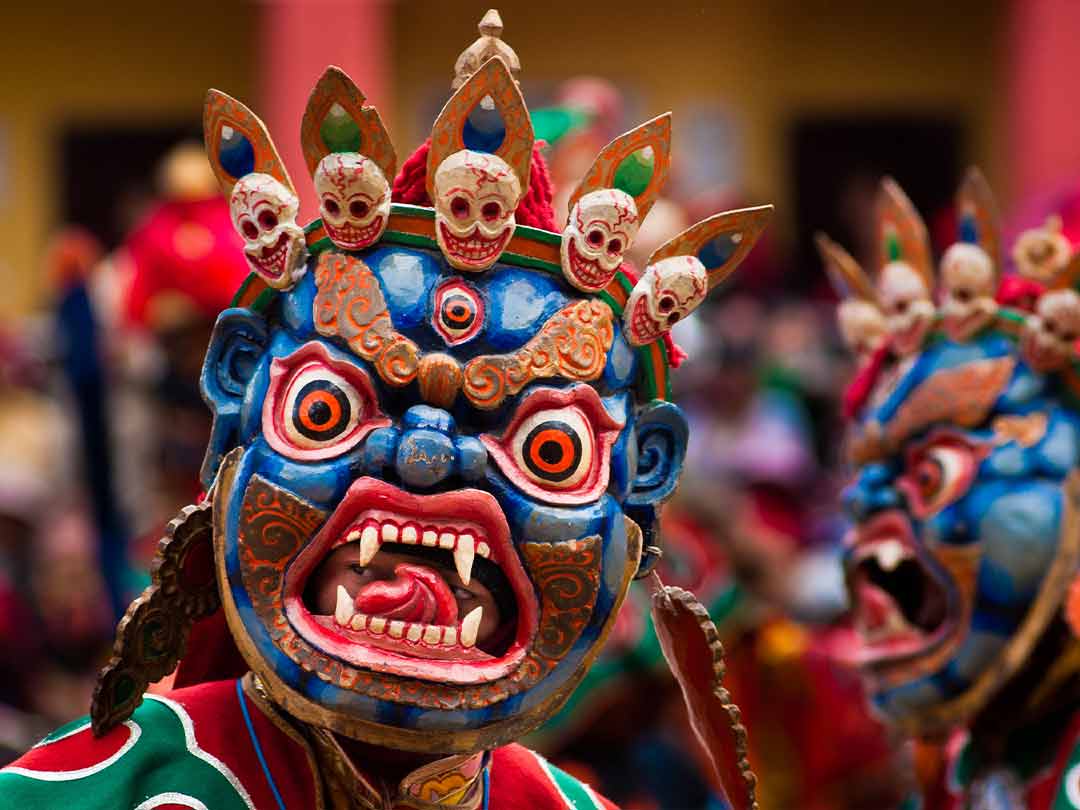Welcome to the mystical land of Tibet, nestled high in the majestic Himalayas. As an international traveler, it’s important to have firsthand information about this enchanting region before embarking on your journey.
In this article, we will provide you with a comprehensive guide to Tibet, covering its rich history, cultural heritage, breathtaking landscapes, unique traditions, and much more.
So, let’s delve into the wonders of Tibet and discover what makes it an extraordinary destination for travelers like you.

History and Culture of Tibet
Tibet boasts a history that stretches back thousands of years. Its ancient civilization has been shaped by the influence of Buddhism, resulting in a distinctive cultural tapestry. Tibetan monasteries, adorned with vibrant prayer flags, stand as a testament to the spiritual significance of the region. Throughout the year, traditional Tibetan festivals and celebrations showcase the deep-rooted cultural traditions of the Tibetan people.
Geography and Climate of Tibet
Situated on the Tibetan Plateau, often referred to as the “Roof of the World,” Tibet offers awe-inspiring landscapes characterized by snow-capped mountains, vast grasslands, and pristine lakes. With an average elevation of over 4,500 meters (14,764 feet), Tibet’s high-altitude environment provides a unique experience for adventurous travelers. However, it’s essential to be aware of the climate variations and take necessary precautions while exploring this rugged terrain.
Must-Visit Places in Tibet
When visiting Tibet, there are several must-see destinations that should be on every traveler’s itinerary. The iconic Potala Palace in Lhasa stands as a symbol of Tibetan history and architecture, offering a glimpse into the grandeur of the past. Jokhang Temple, located in the heart of Lhasa, is a sacred site for Tibetan Buddhists and attracts pilgrims from all over the world. And, of course, the majestic Mount Everest, the highest peak in the world, offers a once-in-a-lifetime opportunity for mountaineers and nature enthusiasts.
Tibetan Cuisine and Tea Culture
Tibetan cuisine is known for its unique flavors and hearty dishes. One popular Tibetan delicacy is momos, which are savory dumplings filled with various fillings. Another notable aspect of Tibetan culinary culture is butter tea, a traditional drink made from yak butter and tea leaves. Exploring Tibetan cuisine and tea culture provides a delightful experience that complements the journey through this fascinating land.
Tibetan Festivals and Traditions
Immerse yourself in the vibrant celebrations of Tibetan festivals and traditions. Tibetan New Year, known as Losar, marks the beginning of the lunar calendar and is celebrated with colorful parades, traditional dances, and heartfelt prayers. Saga Dawa, another significant festival, commemorates the birth, enlightenment, and death of Buddha. Participating in these festivals allows travelers to witness the spiritual devotion and deep-rooted traditions of the Tibetan people.
Traveling to Tibet
When planning a trip to Tibet, there are essential factors to consider. International travelers need to obtain the necessary permits and documents, including the Tibet Travel Permit, to enter the region. Additionally, due to Tibet’s high altitude, it’s crucial to be aware of the potential risks of altitude sickness and take appropriate precautions. Consulting a healthcare professional and acclimatizing gradually are key steps to ensuring a safe and enjoyable journey.
Unique Experiences in Tibet
Tibet offers a range of unique experiences that capture the essence of this extraordinary region. Exploring Tibetan monasteries, such as the serene Tashilhunpo Monastery, provides an opportunity to witness the daily rituals and spiritual practices of Tibetan Buddhism. For adventure enthusiasts, trekking in the Himalayas and encountering breathtaking landscapes is an unforgettable experience. Engaging with local communities during festivals and cultural events enables travelers to embrace the warmth and hospitality of the Tibetan people.
Safety and Security in Tibet
Safety is a top priority for travelers visiting Tibet. It is essential to familiarize yourself with local regulations, customs, and any travel advisories before embarking on your journey. Respecting the local culture and traditions fosters positive interactions with the Tibetan community. In case of emergencies, it is advisable to have access to reliable contact information and resources, ensuring a smooth travel experience.
Conclusion of About Tibet
In conclusion, Tibet offers a captivating blend of history, spirituality, and natural beauty. Exploring this unique destination allows international travelers to immerse themselves in a world of ancient traditions, breathtaking landscapes, and genuine hospitality. By respecting Tibetan culture, embracing its traditions, and engaging in responsible tourism practices, you can make your journey to Tibet an enriching and unforgettable experience. So, get ready to embark on a transformative adventure and discover the wonders of Tibet.
FAQs on Tibet
Q1) Is it safe to travel to Tibet?
Answer) Traveling to Tibet is generally safe, but it’s important to stay informed about local conditions and follow any travel advisories or restrictions.
Q2) How can I obtain a travel permit for Tibet?
Answer) To visit Tibet, international travelers need to obtain a Tibet Travel Permit through a registered travel agency. The agency will assist you with the permit application process.
Q3) What are some must-visit places in Tibet for adventure enthusiasts?
Answer) Adventure enthusiasts should consider visiting places like Mount Everest Base Camp, Namtso Lake, and the Everest Advanced Base Camp Trek for thrilling experiences in the Tibetan landscape.
Q4) What is the best time of the year to visit Tibet?
Answer) The best time to visit Tibet is during the spring (April to June) and autumn (September to November) seasons when the weather is relatively mild and stable.
Q5) Can I experience Tibetan culture and traditions without trekking?
Answer) Absolutely! Tibetan monasteries, cultural festivals, and local markets offer opportunities to immerse yourself in Tibetan culture and traditions without trekking.
